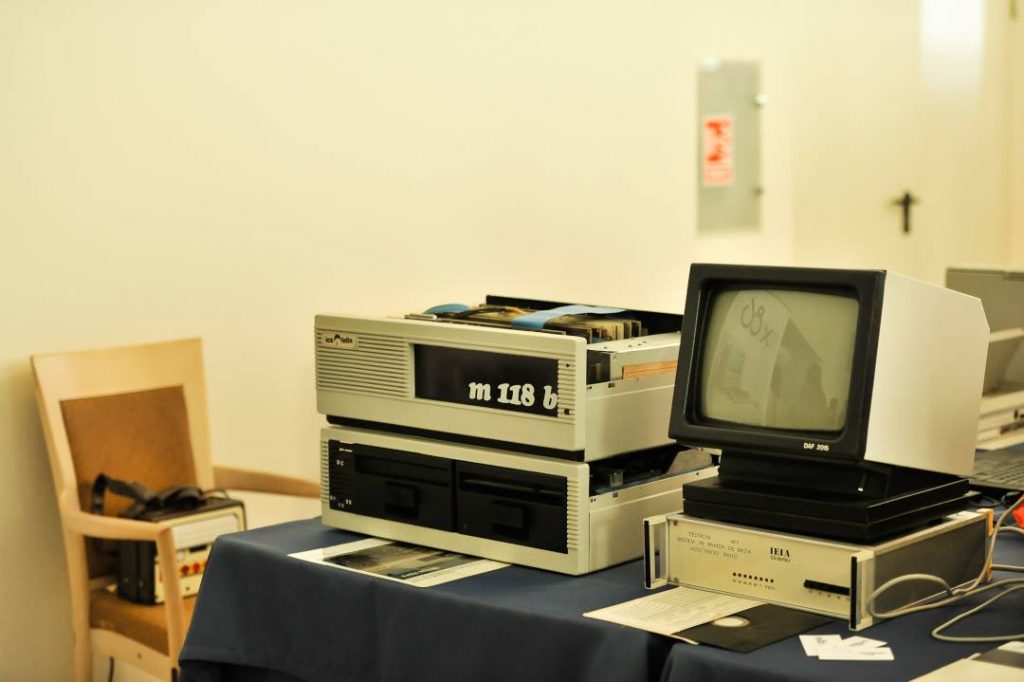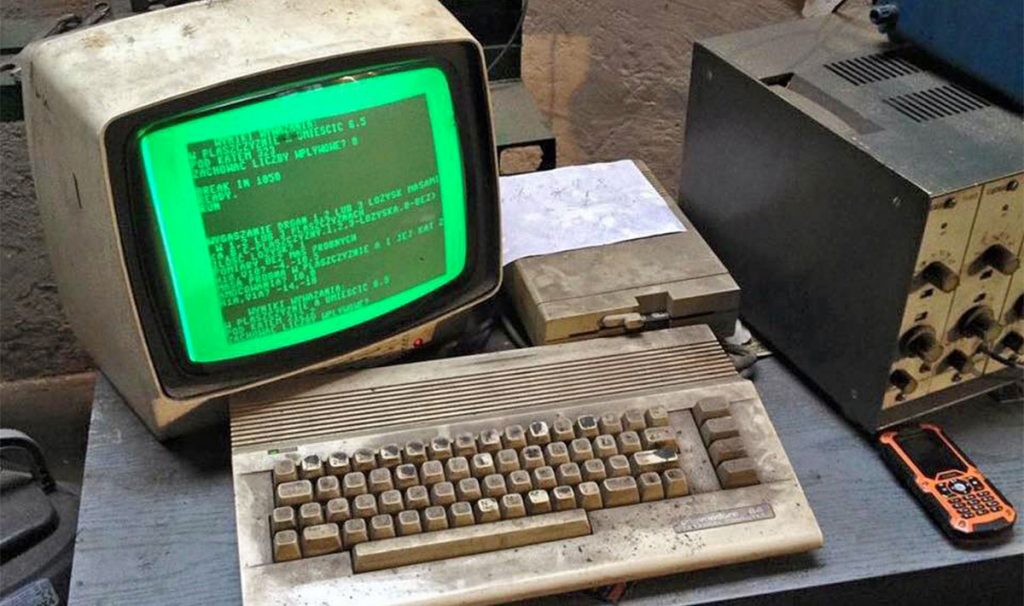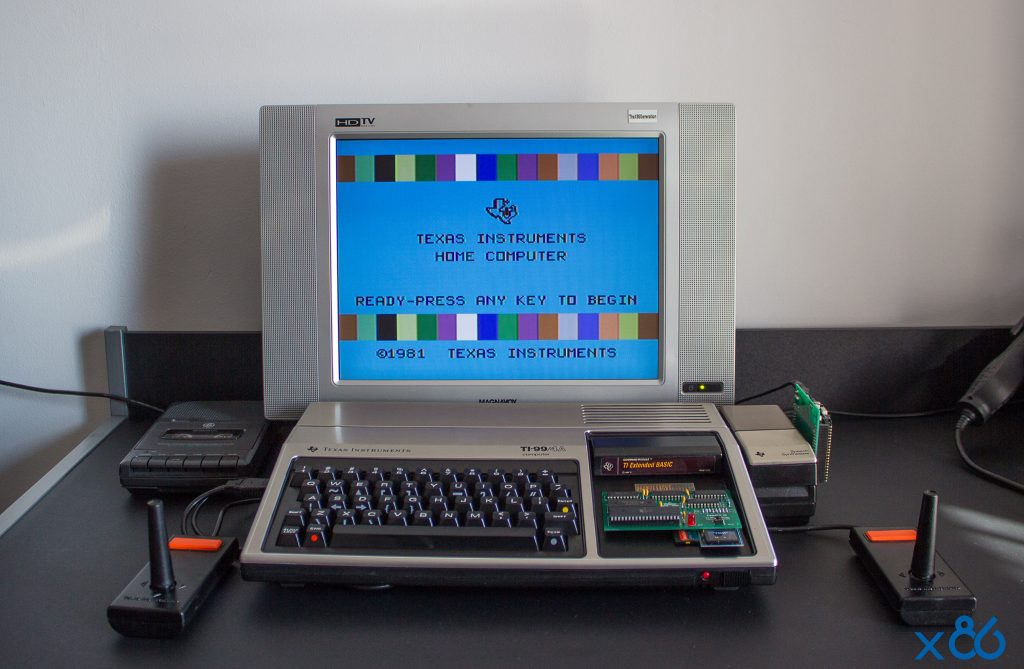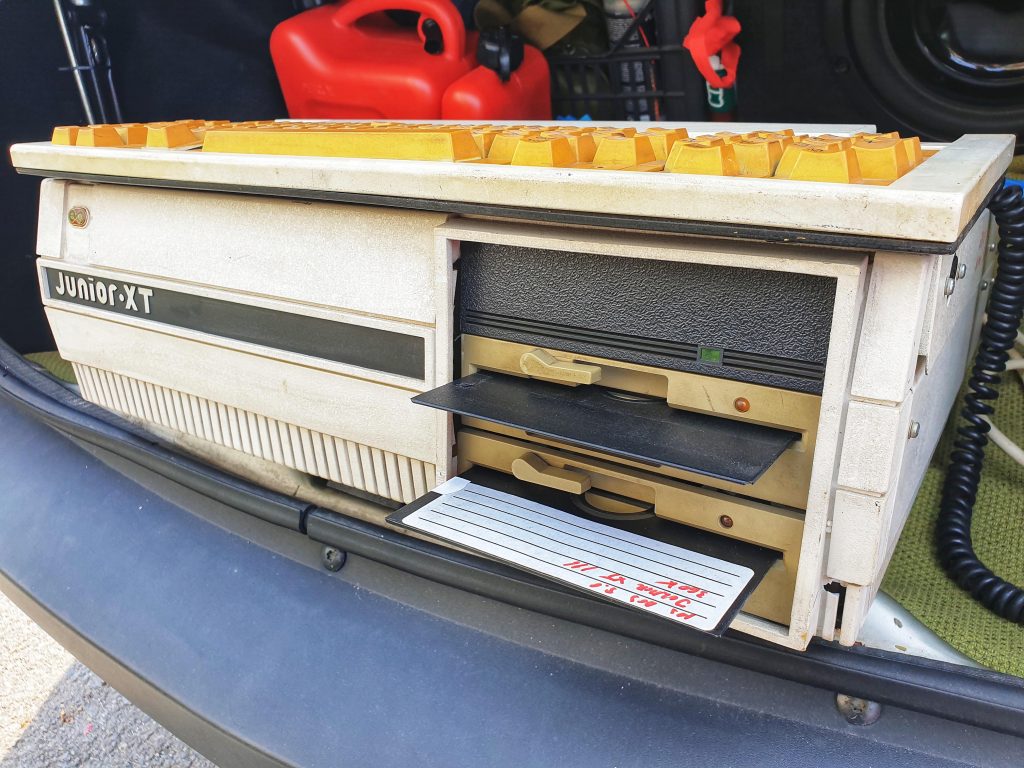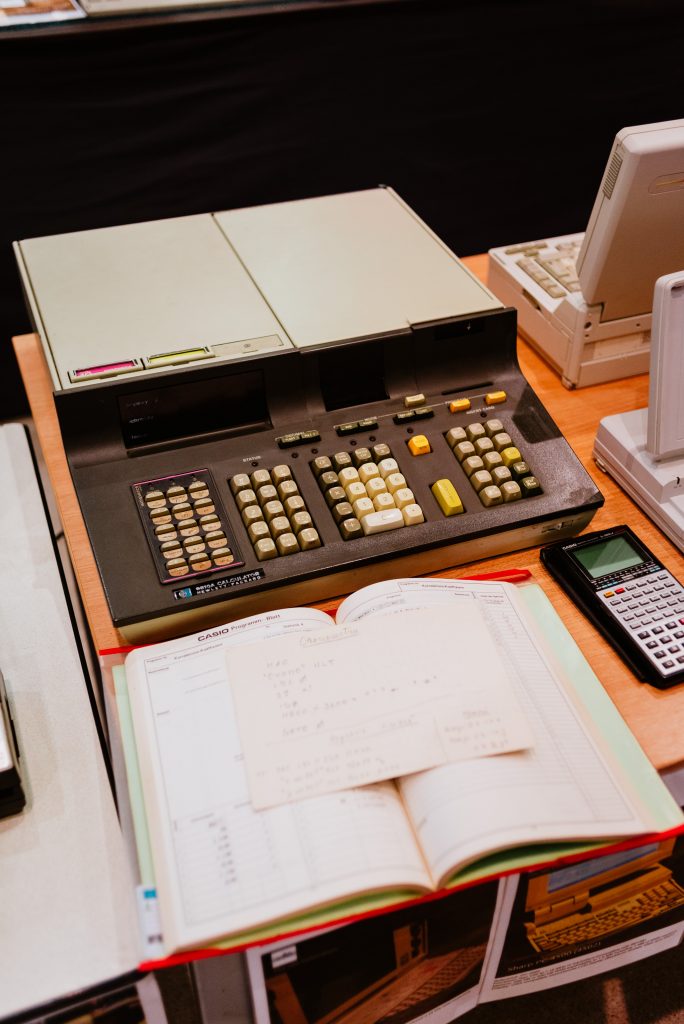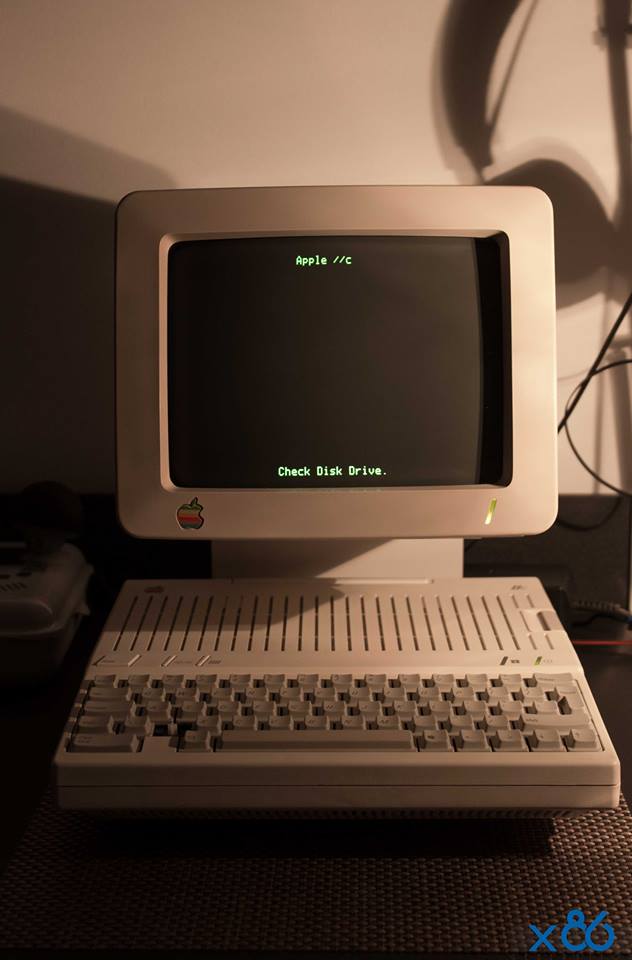ICE Felix M118b
Initial Year: 1979 Initial Price: Unknown The Felix M118b is a Romanian 8-bit computer produced by ICE Felix Bucuresti. This Computer is part of the family of FELIX-M18, M18B, M118 from 1979 also CUB (with i8080) and CUBZ ( Z80), aMIC, TIM-S etc. This particular unit was saved from an old Romanian Factory that was stripped […]
